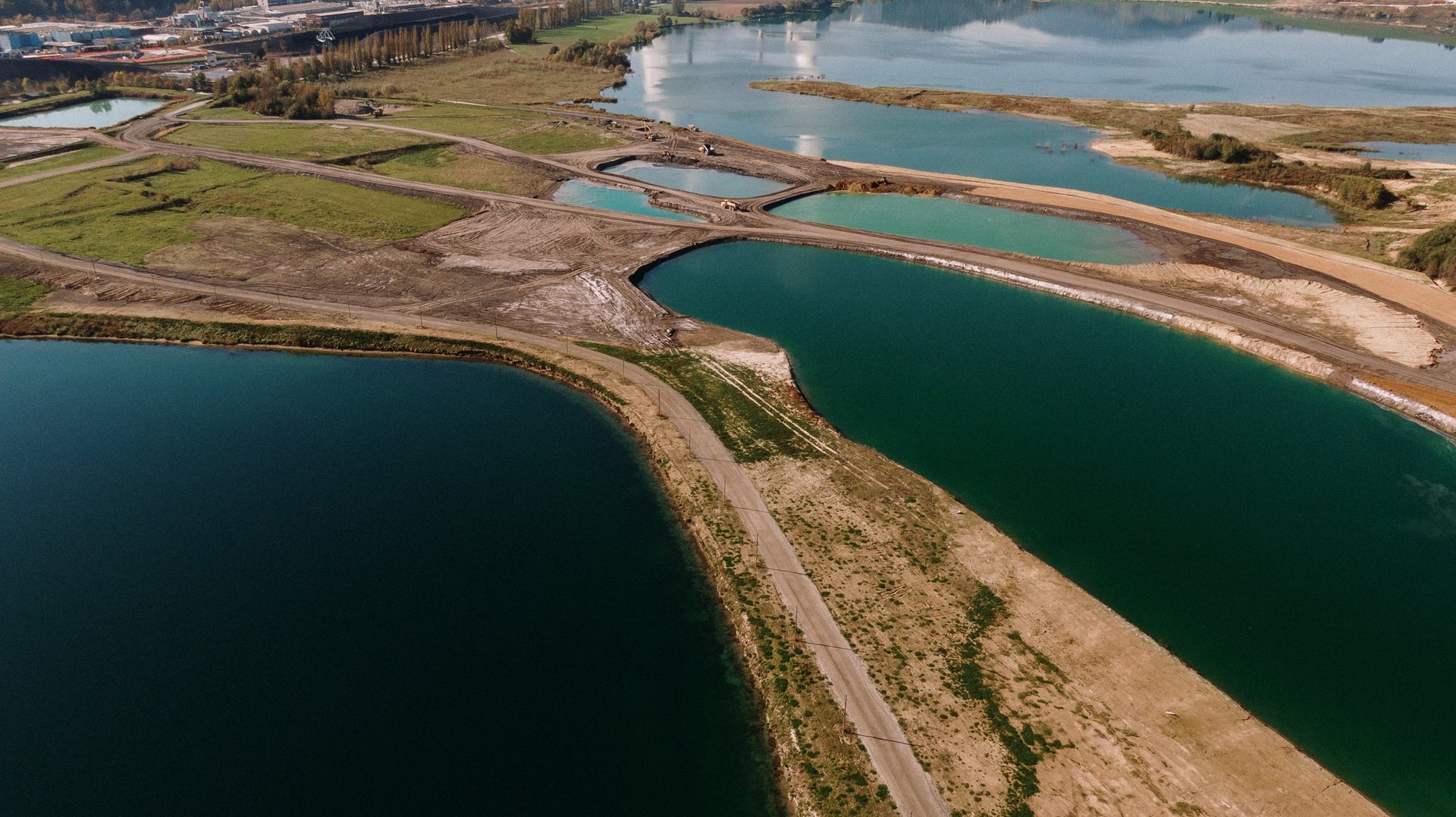
Enable water utilities with tools suitable at their maturity level so that they make the right operational decisions.
CASE STUDY
Background
Wastewater utilities need to monitor wastewater network 24x7 so that they can prevent combined sewer overflows, road floods, manhole overflows, and more during both dry & wet weather.
Water utilities are shifting towards digital solutions for their operational demands but at the same time, their needs are very specific.
PROBLEM SPACE
How can we build a core solution that can adapt to diverse set of needs that utilities with different maturity levels have?
TARGET USERS
SCADA Operators
SCADA operators monitor and control water utility operations through centralized systems. They ensure real-time performance, respond to system alarms, and maintain accurate operational records.
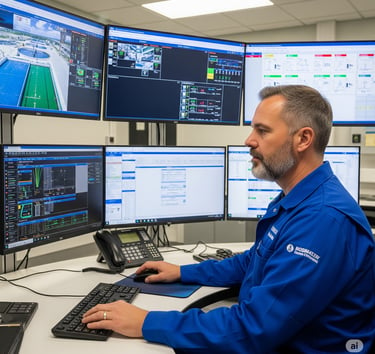

Civil Engineers
Civil engineers design, maintain, and improve the infrastructure of the water utility—such as pipelines, treatment plants, and reservoirs. They ensure compliance with safety, environmental, and engineering standards.
Utility directors oversee the overall strategy, budgeting, and performance of the water utility. They coordinate across departments, ensure regulatory compliance, and make decisions that guide long-term utility operations.
Utility directors
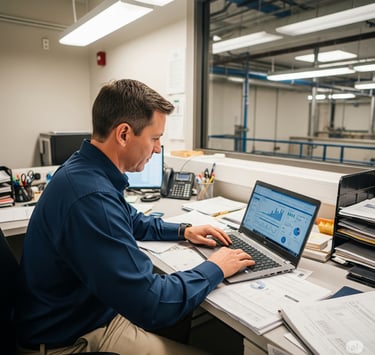

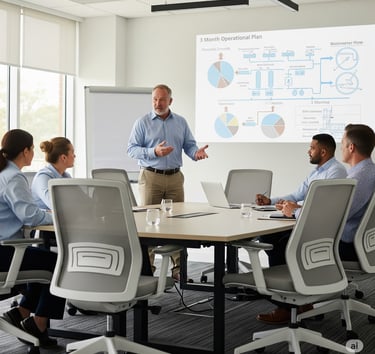

Discovery Research
We set out to interview at least five utilities, aiming to speak with one representative from each key role—Operator, Supervisor, and Director. Our goal was to uncover the core operational needs across different levels of responsibility.
Qualitative research focus areas
Target users' roles and responsibilities
Understand the standard operational work practices for different maturity customers
Identify how different departments collaborate to run monitoring operations 24x7.
Analyse their decision making for different scenarios and what are their different reporting needs.
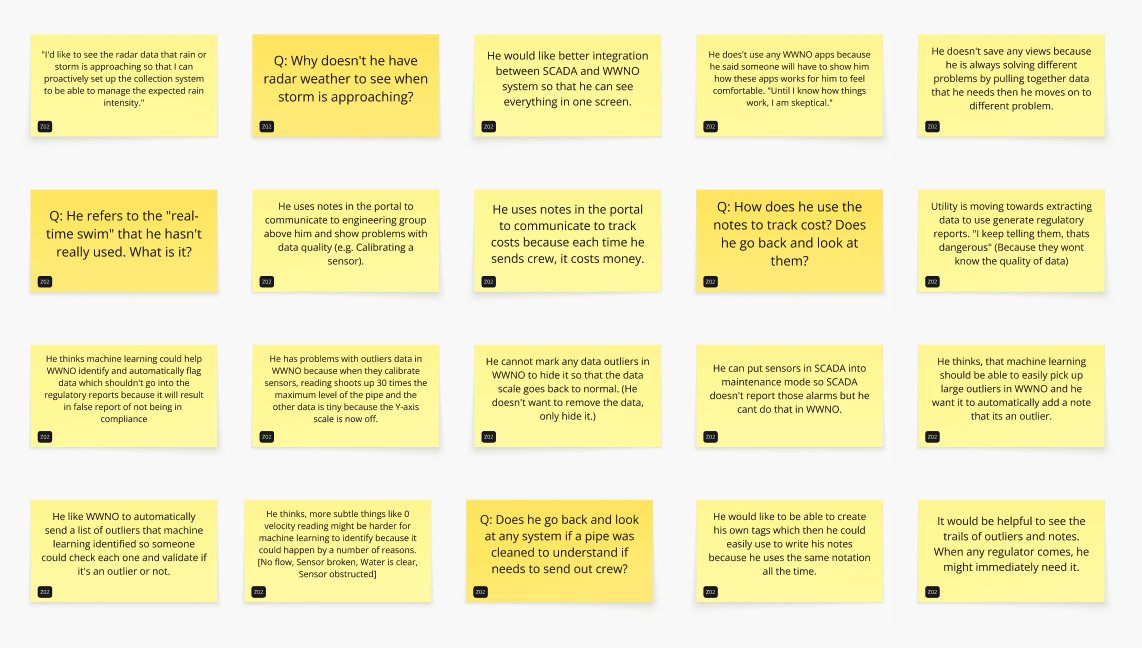

One section of debrief notes from interviews
Quotes from users
”I get a lot of emails for alerts. It is what it is.”
- Supervsior
"I am addicted to data. I am a dara junky"
- Supervisor
"I use the portal to hunt for sewer monsters"
- Operator
Analysis
I conducted walking the wall workshop with the team to build empathy for users and align the team on a common ground about what problems are we trying to solve.
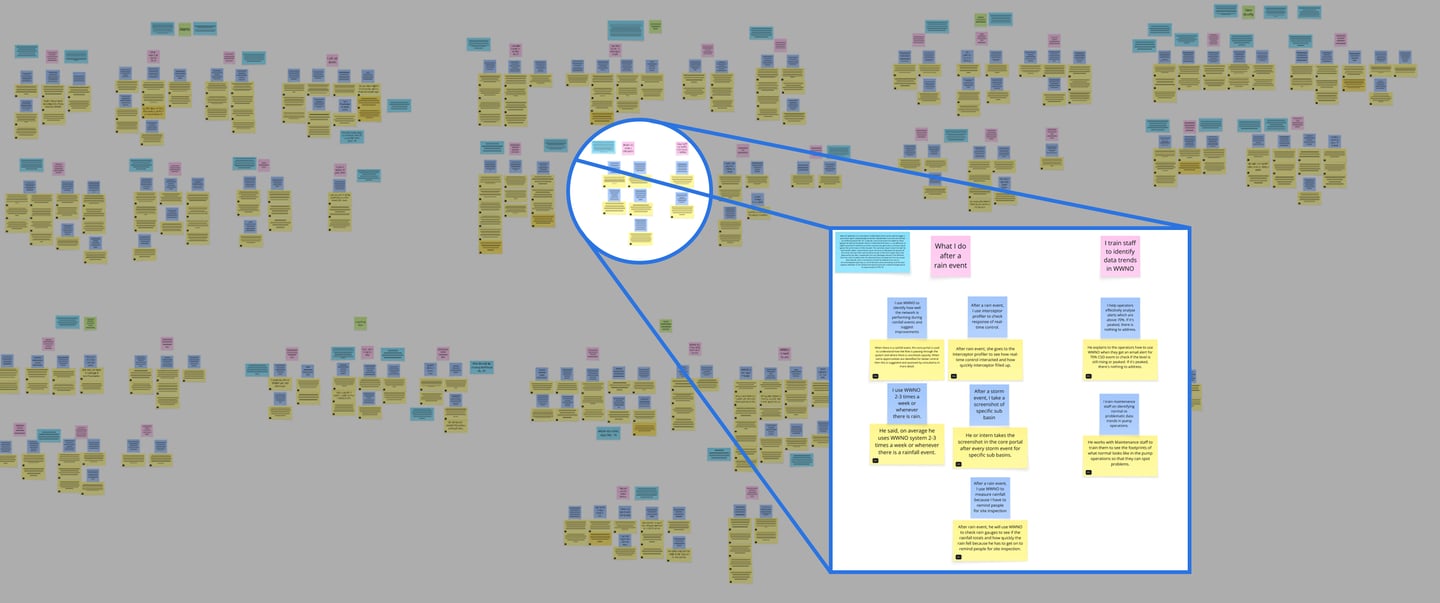

Walking the affinity with Team
Affinity map from my workshop board (Miro)
Apologies for low quality references. I am not allowed to publish sensitive business data outside. Although real, this graphic does not have any value in itself.
Problems we needed to solve
Help operators with analysis of alerts
Operators spend hours looking at maps and data. They were also receiving hundreds of alerts. We wanted to help them monitor their wastewater network efficiently.
Allow supervisors to see the big picture
Supervisors are resposible for efficiently using their resources. How might we allow supervisors to plan for the future and see what's important for decision making.
Automated repoting according to their needs
Utilities have to send monthly, quarterly, and annual reports to the government where they provide data on their performance. How can we help them generate these reports mort efficiently and accurately.
Allow customers to fix data errors themselves
All IoT systems face sensor downtime which becomes a nightmare when they have to prepare reports based on recordings. How can we make it easier for them to fix these issues themselves.
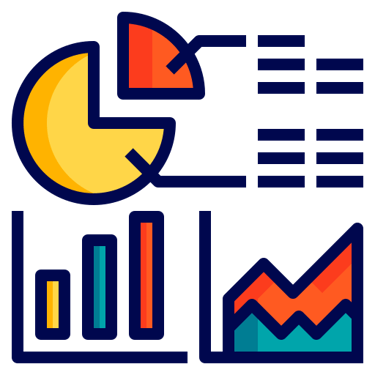

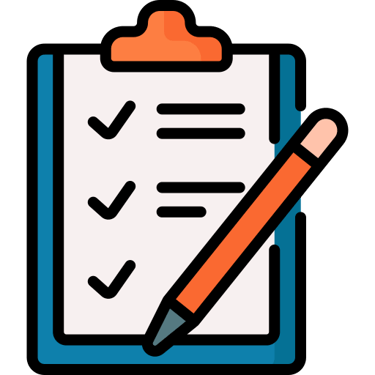

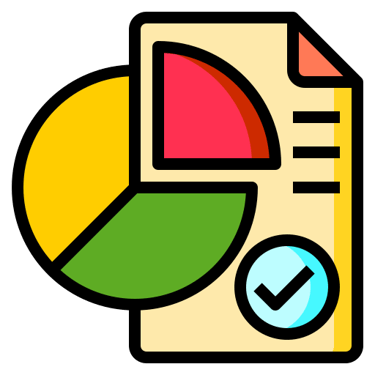

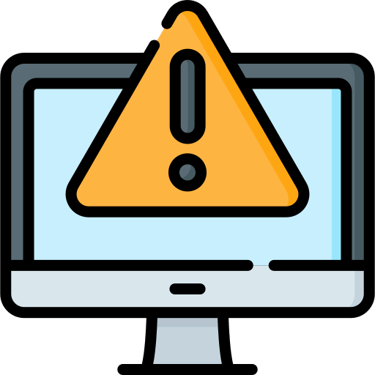

Visioning for the future
In the visioning workshop, we went through brainstorming and getting ideas from team members out on the board. With multiple iterations an deep diving, we finally detailed out a few ideas for prototyping.


Visioning workshop my workshop board (Miro)
Apologies for low quality references. I am not allowed to publish sensitive business data outside. Although real, this graphic does not have any value in itself.
Moving to solution space
Prototyping & Validation
I started creating wireframes and prototypes for the ideas that we decided to test with cutomers. I spent more time on features feasibility where I had to discuss the feasibility of any feature with Data Science folks and Hydraulic Engineers before I could show it to customers for validation.
We got feedback on our ideas and improved on it. Once we were happy, we moved to development stage.
Validation research focus areas
Test our ideas with internal data science and hydraulic modelling teams to make sure the ideas can become reality.
Test ideas with sales and marketing to get thier inputs on how sellable an idea is.
Finally, test ideas with customers using Figma prototypes. It was also a chance to build trust with existing customers.
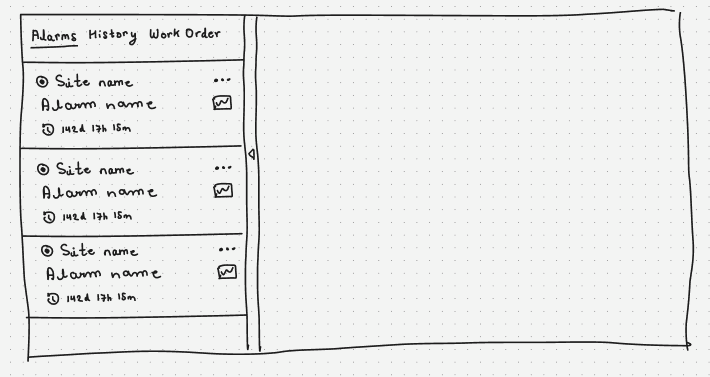

Low fidelity wireframes
THE PROCESS
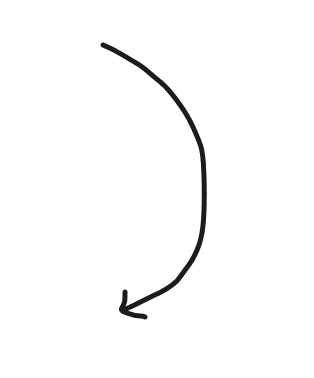



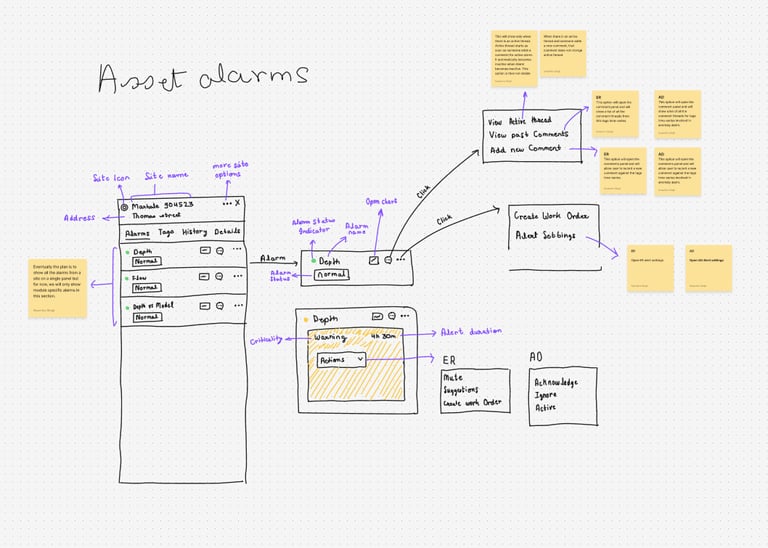

Medium fidelity wireframes
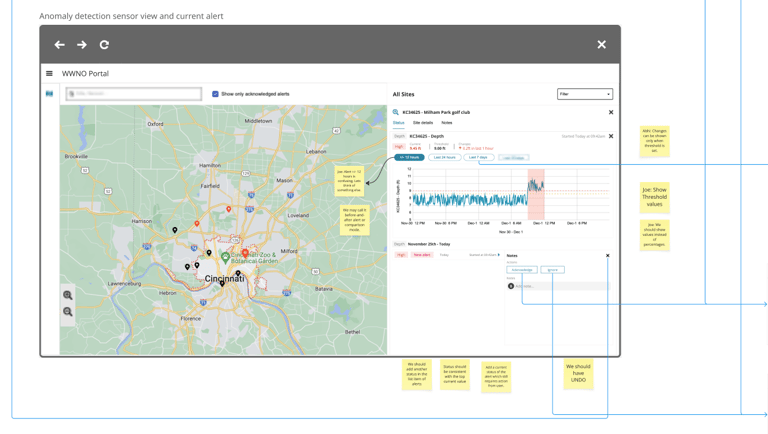

Figma prototypes
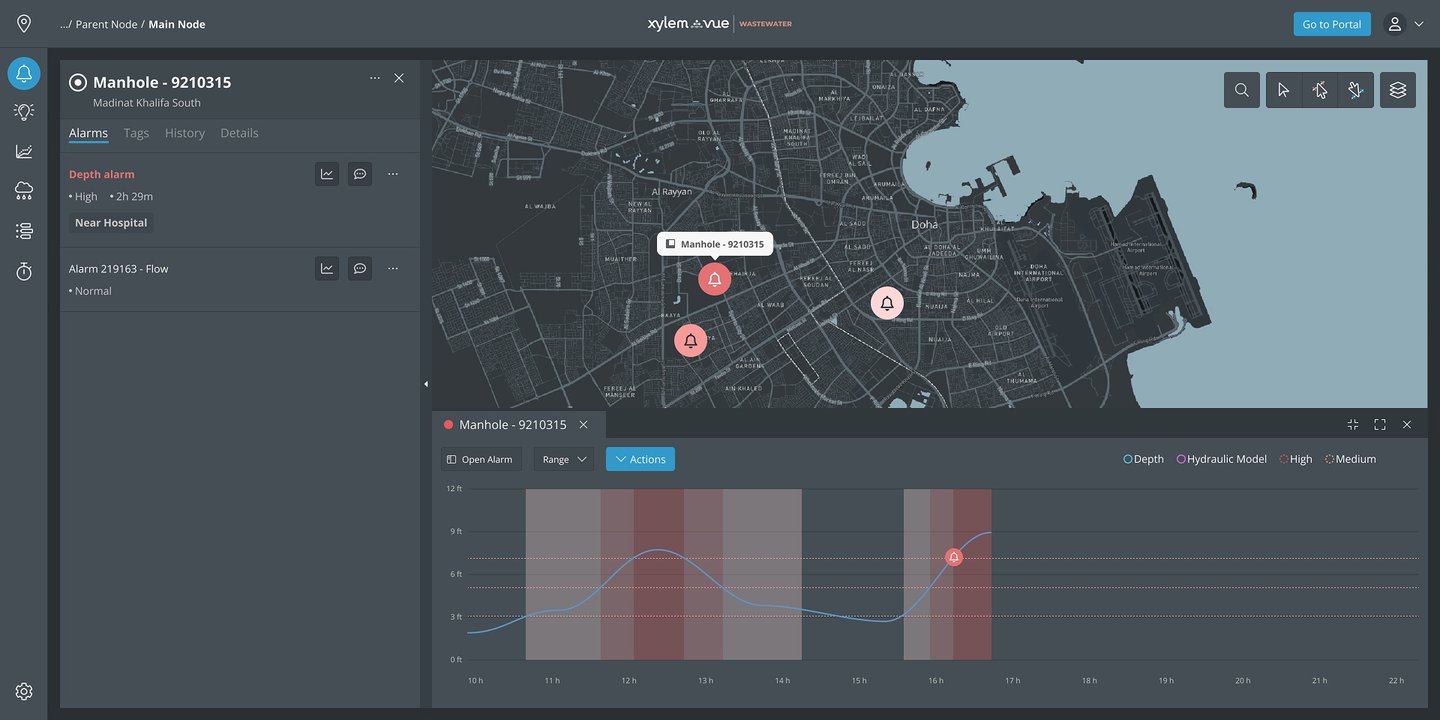

Validation
We went back to the customers that we did discovery research with. We showed them our ideas on how we can solve their problems.
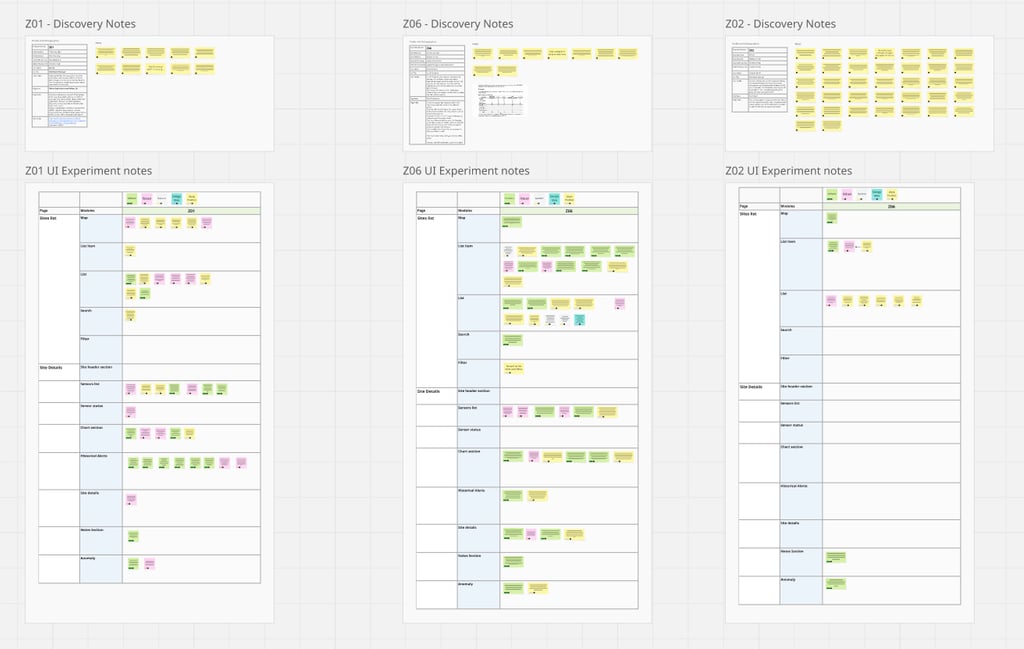

UI experiments debriefs from my workshop board (Miro)
Part of consolidated insights from my workshop board (Miro)
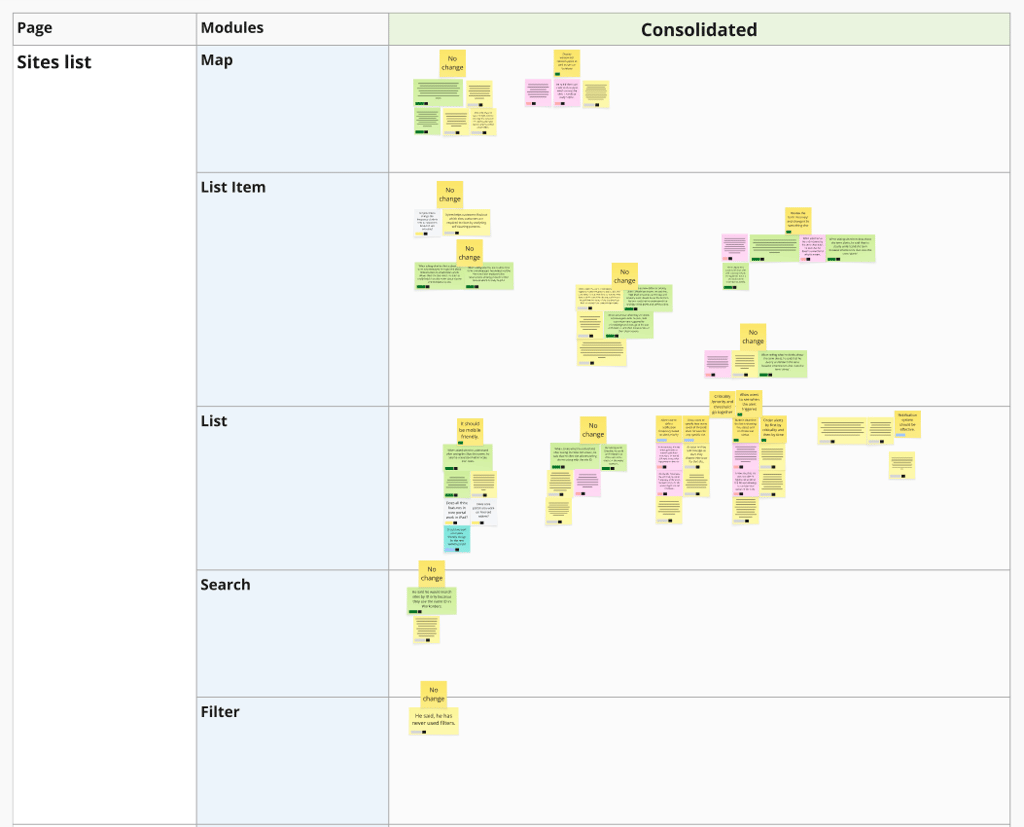

Project Outcomes
Customer validated core solution
Our wastewater solition got market validation even before launch because we were able to test it with the right customers.
Reduced Go-To-Market time & Increased sales
This workshop helped the team to define core solution and that reduced the go-to-market time. We already knew what customer wanted and therefore, we did not have to spend a lot of time on requirement gathering and designin features.
This is return increased sales and sales team were able to pitch easily and get new contracts. We had a well defined solution which met diverse customer needs.
3-5 years of product strategy & roadmap
During visioning workshops, our goal was to prepare at least 3-5 years of roadmap so that we are aligned with what can be delivered. It is very important for enterprise solutions becaue team's budget has to be planned in advance. This workshop gave the team a good high level scope of what has to be delivered as a solution so that the customer invest in them.
Clear separation of core vs custom offerings
From the beginning, we were really interested in what would be the core feature of oour solution and what would become custom which can be customized for each customer. This research helped the team understand what they need as a core solution.
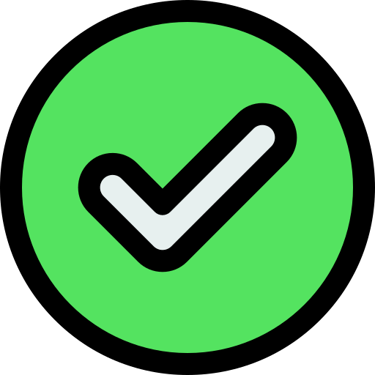

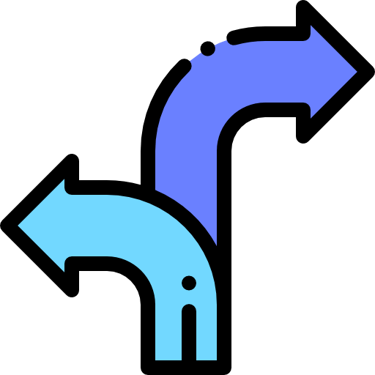

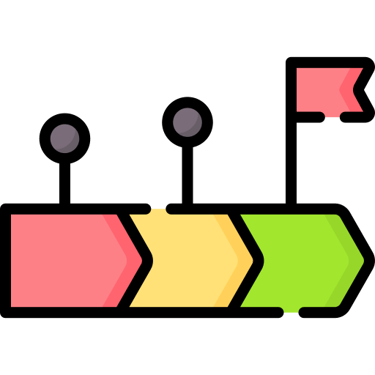

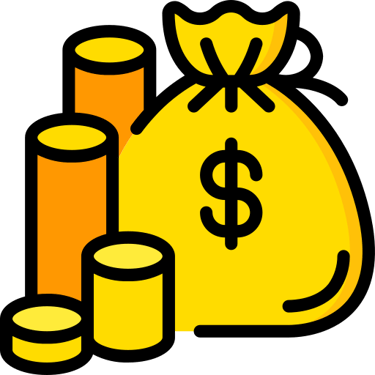

Connect
swamitra@live.in
+91-725-980-9055
© 2025. All rights reserved.